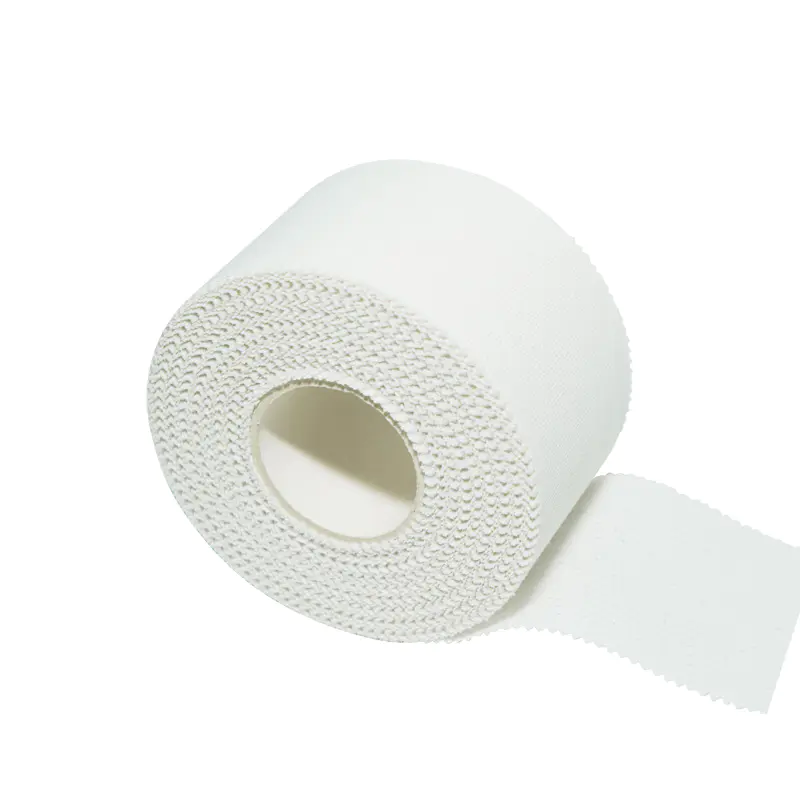Accidental scrapes or cuts are a part of life. When a wound needs to stay dry—for instance, while you're showering or swimming—a good waterproof bandage tape is essential. Using it correctly ensures it works at its best, preventing bacteria from getting in and helping the wound heal. Below, we’ll go into detail on how to properly apply waterproof medical tape.
Before you even think about applying the waterproof adhesive tape, preparation is crucial.
Thoroughly clean the wound: Use mild soap and water or a saline solution to carefully clean the area around the wound, removing dirt and bacteria. Use a disinfectant if necessary.
Stop the bleeding: Make sure the wound has completely stopped bleeding. You can use a clean gauze pad or cotton ball to apply pressure until the bleeding has fully ceased.
Ensure it's completely dry: This is the most critical step for a successful application of waterproof dressing. The wound and the surrounding skin must be completely dry. Any moisture will affect the tape's adhesion, preventing it from forming an effective waterproof barrier. You can gently pat the area dry with a clean gauze pad or towel, or let it air dry naturally.
Once you're ready, you can start applying the tape.
Choose the right size: Select a piece of waterproof bandage tape that is slightly larger than the wound itself. This ensures it fully covers the wound and leaves enough space for proper adhesion. If needed, you can also use a waterproof dressing to cover the wound itself.
Remove the protective layer: Carefully peel off the protective layer from the waterproof adhesive tape. Be careful not to touch the sticky surface with your fingers, as this can reduce its stickiness or contaminate the tape.
Align and apply: Align the center of the tape with the wound and gently but firmly press it onto the skin.
Press to secure: Starting from the center and moving outwards, use your fingers or the palm of your hand to press the tape down smoothly, ensuring its edges are completely sealed to the skin with no gaps. Pay special attention to the edges, as this is where water is most likely to seep in. Press for a few extra seconds to use your body heat to enhance the tape's adhesion.
When it's time to replace or remove the waterproof bandage tape, a few tricks can help protect your skin.
Peel slowly: Hold the skin down with one hand and, with the other, slowly peel the tape off in the direction of hair growth, keeping it parallel to your skin.
Use warm water: If the tape is particularly sticky, you can soak it with warm water or dab the edges with a medical alcohol swab to help loosen the adhesive, making removal less uncomfortable.
Proper use of waterproof bandage tape—from the initial cleaning and drying to the application and gentle removal—is essential. It's not just about keeping a wound dry; it’s about providing a clean, secure environment for your body to focus on healing. I hope these professional tips help you take better care of yourself when you need it.







